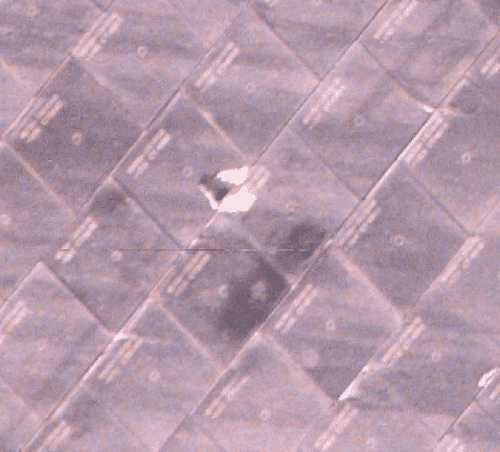Our experience has pointed out the importance of direct communication channels between the analysis team and those who ultimately make decisions as a result of these analyses. As mentioned previously, the coordination between the aerothermal, thermal, and stress components of the damage assessment process occurs at Johnson Space Center in Houston. The individual analysts, however, are spread out on both coasts at Langley and Ames, and are therefore very much removed from the end-users of the data.
To address this communications gap we require that two members of the aerothermal CFD analysis team be present at Johnson Space Center throughout the damage assessment phase of the mission. Two individuals allow 24-hour coverage, which is essential for our application. These team members provide a critical liaison between the mission operations center and the analysts in the field. They essentially “speak the language” of the personnel performing the analysis and ensure that any known limitations or concerns are adequately presented to the larger damage assessment team. Additionally, the reverse communication channel is also satisfied, alerting the analysts to any additional data that may need to be incorporated into their high-fidelity simulation.
Equally important, we think, is that the analysts understand exactly how the data they are producing is used in the larger overall damage assessment process. We therefore require that each analyst observe the process first-hand before participating in a mission. This can be either through participating in a mission simulation or observing an actual mission on-site at the Johnson Space Center.
A piece of foam insulation broke off the Shuttle Endeavour during the ascent portion of the STS-118 mission in August 2007. The foam struck the thermal protection system tiles on the aft end of the windward surface of the vehicle. The impact caused a 7.5 cm long by 5 cm wide cavity that was discovered during the docking back-flip maneuver mentioned previously. Detailed imagery analysis was performed and indicated that the damage extended all the way through one of the affected 3 cm thick tiles.

Figure 2 shows the actual image taken during the maneuver that served as the initial input to the damage assessment process. This damage was of immediate concern because it potentially exposed the sensitive tile bond line to the heat of reentry. The 6-inch square tiles are primarily composed of silica and are bonded to the underlying aluminum skin with a felt “strain isolation” pad. This arrangement allows the structure and tiles to expand separately when heated during reentry.






